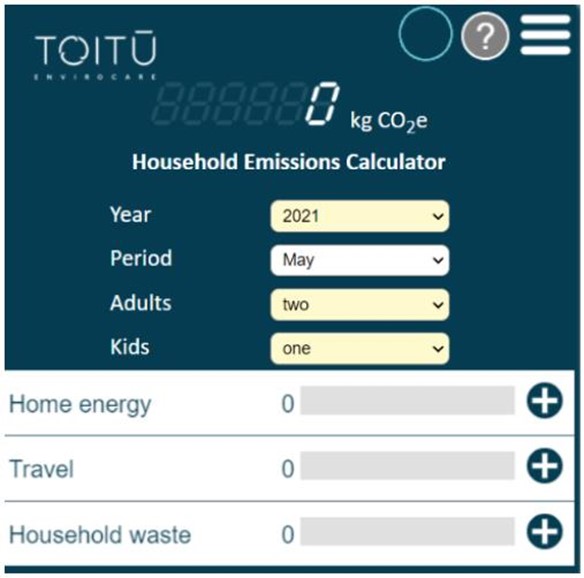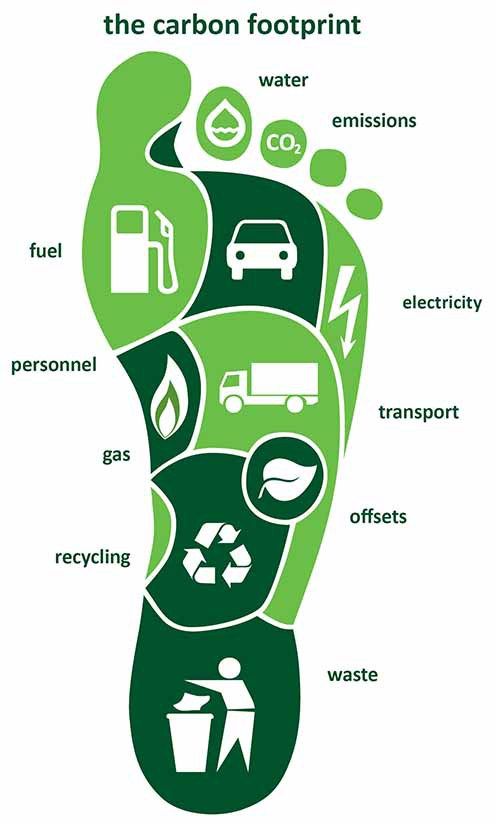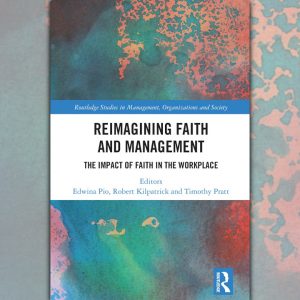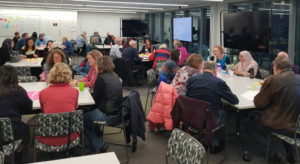Tracking your Household Carbon Footprint: Catherine Gibbs of The Integral Ecology committee of the Catholic Archdiocese of Wellington Ecology Justice and Peace Commission shares their story.
“Human ecology and environmental ecology walk together. “Laudato Si” – Pope Francis, 2015
Integral ecology means paying attention to the necessary interaction and wholeness of relationships: with God, with other people, with creation and with ourselves. The ecological crisis is not simply a series of problems to be fixed, but rather is a symptom of something that goes much deeper. At the heart of the ecological crisis lies a deep human and spiritual crisis, in that we have forgotten who we are and where we have come from.
Our story
One of our committee members shared her household story. This demystified the process and as a result the committee decided to work with diocesan parish communities, encouraging households to track their carbon footprint for one month. From the results households could identify where they could reduce their emissions and begin the challenging task of making changes in their lifestyle to be more sustainable.
Taking up this challenge helped them in learning about their personal activities and created awareness to live more sustainably.
Since March 2021 the Integral Ecology committee has promoted three different opportunities:
- A workshop day where the process was demonstrated to all participants
- A leaflet circulated to all parishes to try this activity during the Season of Creation (Sept)
- A webinar – via zoom in order to reach a wider audience and to limit travel to face-to-face workshops

Tracking your Household Carbon Footprint: What is a carbon footprint and why should you calculate it?
A Carbon Footprint Calculator is a tool to track the amount of CO2.
The TOITŪ Calculator is used by the Integral Ecology Committee: See here for details of how to track your household emissions.
Your carbon footprint is the sum of all emissions of CO2 (carbon dioxide) and other greenhouse gases, that are induced by the activities done in a given timeframe and can be calculated over a year. It is necessary to curb our carbon emissions that are discharged into the atmosphere in order to reduce global warming. Carbon footprint is a very powerful tool in understanding the impact of personal behaviour on global warming.

A great way to start is to make a commitment for a month, and use the Carbon Footprint Calculator to track your progress.
Tips that can be used in households who continue to meet the Carbon Footprint challenge.
- Cycle or use public transport, other alternatives can be to walk or use a car pool facility
- Switching to Electric Vehicles in both instances that is privately and publicly
- Use video conferencing instead of business travel.
- Insulate homes
- Plant a garden.
Following some or all of these suggestions can create awareness and empower your household to become active disciples of creation.
Acknowledgements
Integral Ecology Committee of the Catholic Archdiocese of Wellington Ecology Justice and Peace Commission 2022. Estelle and Stuart Henry – leaders and promoters of this process
How to calculate your Carbon Footprint:
1. Calculate your household emissions by entering your activity data (e.g. electricity bills, air travel and vehicle use). You can enter yearly or monthly data. If you don’t have access to your specific information, you can use the calculator default values for each activity based on an average New Zealander.
2. Offset your emissions by clicking the ‘Offset my emissions’ button, entering your details, and selecting the type of carbon offset credits you want to purchase.
3. Pay for your offsets via the online payment system. An offset certificate and receipt will be emailed to you.
Keep a log of the 3 following activities:
Home Energy
Have access to your bill for electricity, gas, LPG for the end of the month.
Travel
‘Travel is by far the biggest share of our carbon footprint’
Note down your vehicle(s)’ readings from 1st of every month from the odometer on all your vehicles and record those again at the end of the month to calculate the difference for each vehicle.
Public transport – keep track of your journey (eg. Bus, Train, Ferry, Taxi) and estimate the distances of those trips.
Air Travel – Keep a log of any flights made during the month.
Accommodation – keep a log of type & dates of these (e.g. motel, hotel, tramping hut, B&B)
Household Waste
Measure the weight of all the waste you send to the landfill in that month (each time you put out your rubbish from the house into the collection bag or bin weigh it and then add all these together at the end of the month).
All this data to be entered into the TOITŪ Calculator and you will see your CO2 Footprint. You can also compare your result with the average in NZ for the month for the same household makeup, calculated from the multiple households who’ve tracked their activities.‘



